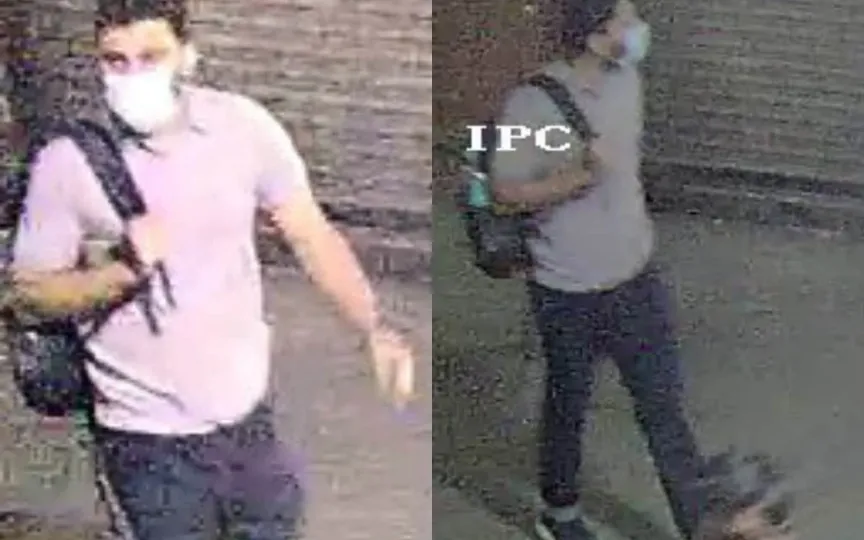Exploring the Challenges of Facial Recognition Technology in Light of Bengaluru Cafe Blast Investigation
Since the Bengaluru Rameshwaram Cafe blast, investigators have been using facial recognition technology (FRT), a vital asset for law enforcement agencies that offers expedited investigations and enhanced crime-solving capabilities – to identify a suspect.
The law enforcement authorities who investigated the explosion that took place in the cafe on Kundalahalli road in Whitefield, used artificial intelligence-based facial recognition technology to identify the person who placed the bag containing the explosive. Surveillance footage soon surfaced, revealing a man entering the cafe with a bag.
The city police later announced that the person’s facial features were captured by CCTV cameras and efforts were being made to locate them using facial recognition systems for tracking purposes. During the National Investigation Agency’s (NIA) investigation, the delay in arresting the suspect despite using the AI-powered FRT raised questions.
However, one key challenge emerged in the early stages – the person captured on CCTV cameras was wearing a mask, a precaution many adopted amid the COVID-19 pandemic.
FACE MASK BROCHURE: AN EXAMPLE FROM HONG KONG
Identifying people, even with FRT, is challenging due to the use of face masks. This was particularly seen during Hong Kong’s 2019 pro-democracy protests, where participants, mainly students, donned masks to avoid surveillance cameras equipped with FRTs and to shield themselves from tear gas. In response, then-CEO of Hong Kong Carrie Lam ordered a temporary ban on wearing masks during public gatherings.
According to technical experts, FRT can identify people wearing masks under certain conditions. Under these conditions, more visible areas such as eyes, forehead and nose need to be highlighted for recognition. In addition, it also claimed that newer systems are becoming more sophisticated and can work better with partial facial data.
However, the technology becomes less accurate when people wear masks, prompting Hong Kong authorities to enforce the ban. The limitation of the technique is that FRT systems rely on analyzing the entire face. Masks cover the lower part of the face and reduce the data points available for identification. Human brains recognize faces best when the encounter conditions (masked vs. unmasked) are similar to when they first formed a memory of the face. So FRTs can struggle if the original image used for identification was revealed and the person is now masked.
USE AND DISCUSSION OF FRT
It should be emphasized that CCTVs with built-in FRT software for real-time analysis and matching CCTV footage with standalone FRTs are two different approaches. The latter is considered traditional. Masks make this more difficult. While they may not completely prevent identification, they do lengthen the process.
Real-time analysis of CCTV video feeds with FRT enables comparison with databases of known individuals. In addition, FRT’s ability to track individuals on watch lists entering sensitive areas provides proactive intervention opportunities that potentially prevent crimes before they occur.
In this context, human rights and privacy issues take the discussion on the mass use of FRT systems to a new level. Many believe that finding the right balance seems difficult. Despite the undeniable utility of FRT systems in strengthening global security measures, debates or concerns about privacy violations, accuracy, and bias dampen enthusiasm for widespread adoption.
However, responsible use of FRT requires robust governance structures, including transparent data processing protocols. In addition, transparency in FRT implementation and stakeholder participation will be essential in order to increase public confidence in its ethical use. Striking the right balance between security needs and privacy concerns could significantly improve law enforcement capabilities by implementing FRT with city CCTV cameras.




